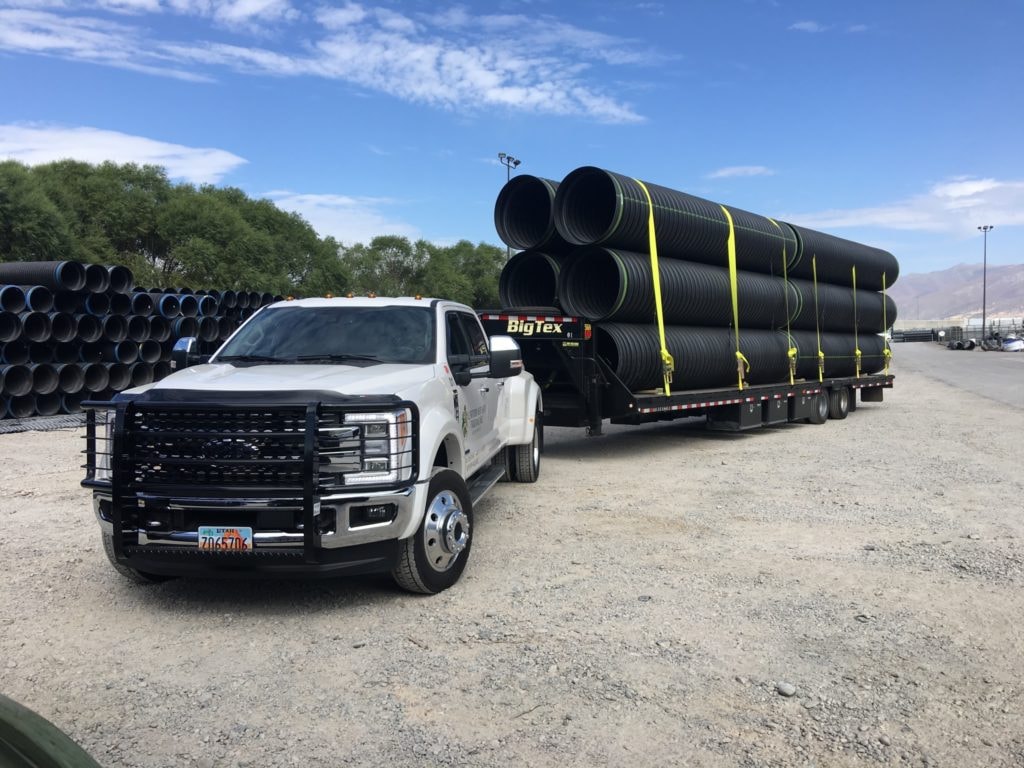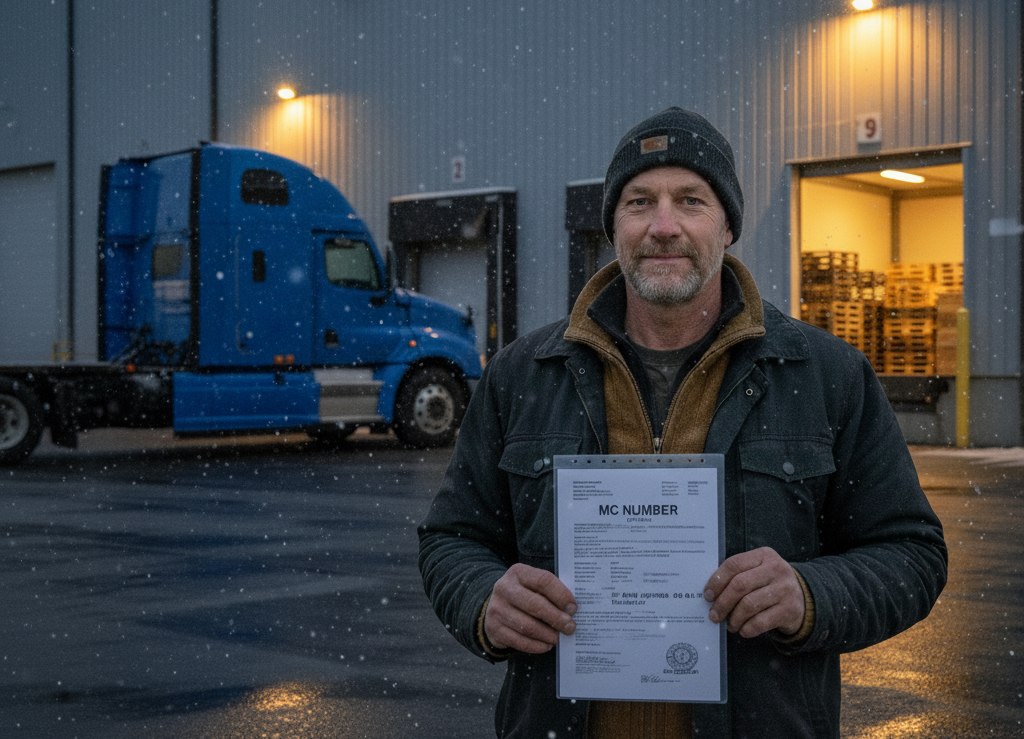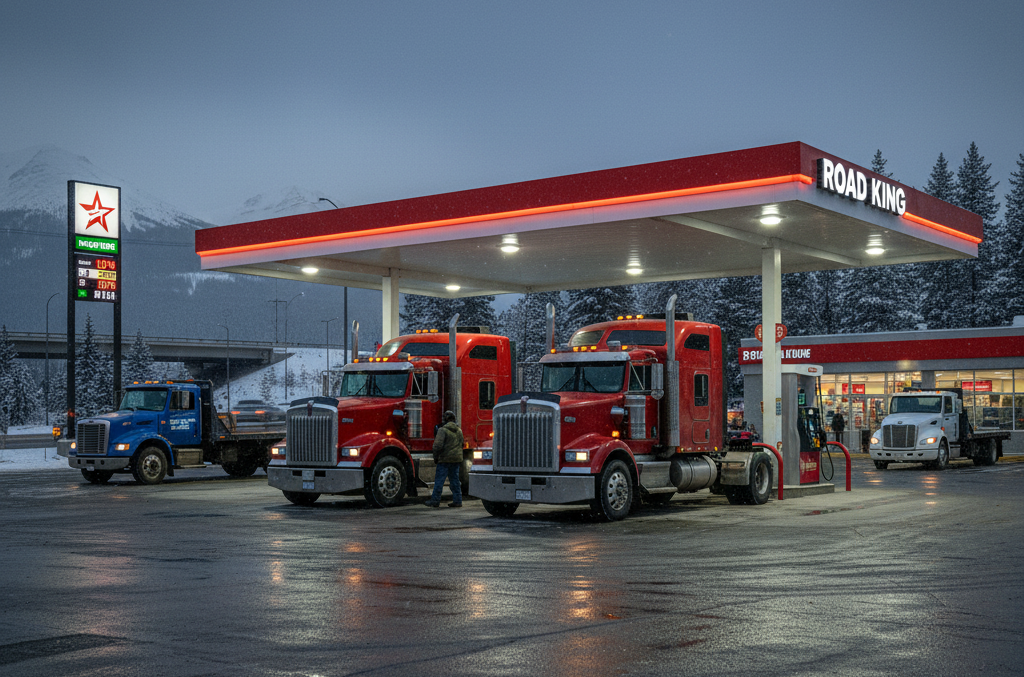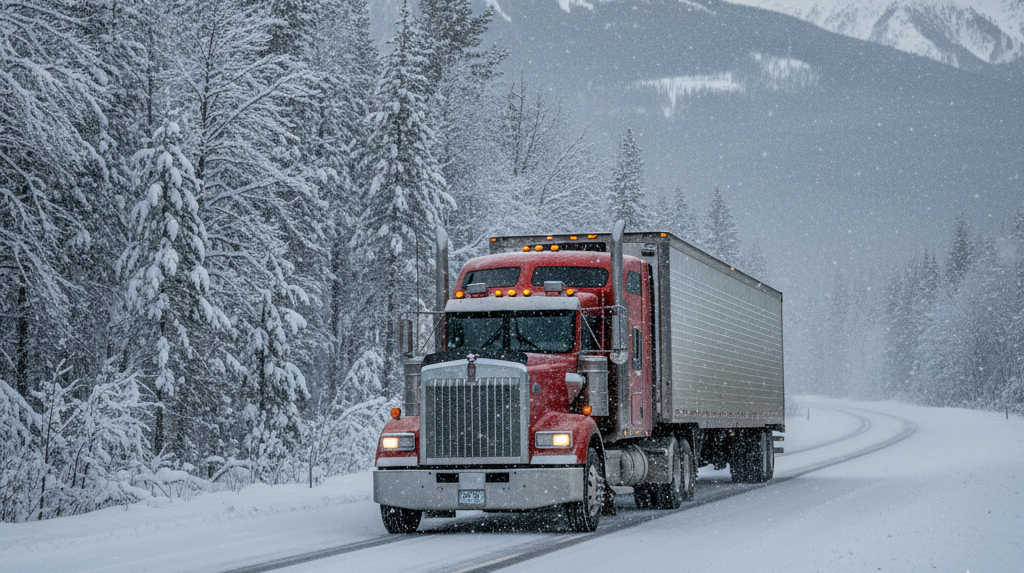The hotshot trucking sector can be a gateway for newcomers to the trucking industry. This offers flexibility, independence, and rewarding opportunities for drivers willing to embrace its challenges. Unlike traditional freight transportation, hotshot trucking focuses on time-sensitive loads.
Whether driving a heavy-duty pickup vehicle or hauling specialized equipment, hotshot drivers keep the economy running efficiently by delivering needed items quickly and reliably.

What is Hotshot Trucking?
Hotshot trucking is a specialized transportation sector that focuses on hauling time-sensitive loads. It involves using heavy-duty pickup trucks and specialized equipment to haul smaller or less-than-truckload (LTL) shipments. Hotshot drivers play a vital role in the supply chain, delivering critical shipments for companies that rely on speed and efficiency.
Usually, being a hotshot driver means operating within tight schedules, delivering small loads for a full truckload while urgently waiting for standard shipping. This service is essential for many businesses that need faster deliveries, such as machinery parts or medical equipment.
Hotshot trucking can be an accessible entry point into the trucking sector. It allows drivers to start with smaller vehicles and lower costs than traditional transportation. However, they still must have a commercial driver’s license (CDL) and comply with safety regulations.
Drivers need more than just a pickup truck and a trailer to succeed in the hotshot trucking operations. Investing in the right equipment, building a strong reputation for reliability, and staying prepared for various types of freight are key to creating a successful operation.
The Advantages of Hotshot Trucking
Hotshot trucking offers drivers a wide range of advantages. By focusing on time-sensitive loads and efficient operations, hotshot truckers can create a successful and rewarding career in this segment of the transportation industry.
Lower startup costs. For newcomers, starting hotshot freight operations can be more affordable than traditional trucking. For instance, pickup trucks and specialized trailers cost less than a full-sized semi-truck. Thus, hotshot trucking can be attractive for those eager to start a trucking career with lower upfront costs.
Flexibility in load sizes. Hotshot trucking is usually used for hauling small or LTL freight. Thus, drivers usually have access to a broader range of opportunities. Drivers can find cargo through load boards or direct connections with customers.
High demand for expedited shipments. Some companies use hotshot trucking for faster deliveries. Industries like construction, manufacturing, and medical supplies depend on hotshot drivers to ensure equipment and materials are delivered on time.
Faster turnaround. With smaller vehicles and loads, hotshot drivers can complete deliveries quickly. Thus, efficiency allows drivers to take on multiple jobs in less time, maximizing earnings.
Growth opportunities. As hotshot drivers gain experience and build their businesses, they can expand into hauling heavier loads and investing in more advanced equipment. This can be a promising path for drivers in the hotshot sec transportation sector.
Challenges of Hotshot Trucking
Apart from numerous advantages, hotshot trucking also has challenges. Understanding these obstacles helps drivers prepare for the job’s demands and maintain a sustainable and successful business. Preparation and adaptability are the keys to this.
Inconsistent workloads. One of the main challenges in hotshot trucking is the variability in loads. Hotshot drivers often rely on a load of boards. However, they can fluctuate in response to demand, seasonality, and competition. Periods of low activity can affect income. Thus, drivers should plan their budget efficiently and establish strong customer relationships.
High operating costs. While the startup costs are lower, ongoing expenses can add up. This includes fuel costs, maintenance, insurance, and permits. Heavy-duty pickup vehicles and specialized equipment require regular inspections and maintenance to ensure delivery reliability.
Stringent scheduling. Hotshot truckers often handle expedited shipments, which require strict adherence to delivery schedules. This can lead to long hours on the road, tight deadlines, and high-pressure situations.
Competition in the industry. The hotshot trucking sector is competitive, with many drivers entering the market. To stand out, it is important to build a strong reputation for reliability and excellent service.
Risk of empty miles. Driving with an empty trailer between loads reduces profitability and wastes time and resources. To mitigate this, truckers must plan carefully, using boards and optimizing routes to maximize efficiency.
How to Get Started in Hotshot Trucking
Starting the hotshot trucking company can be a rewarding strategy. Still, you need to follow the right steps. Preparation is essential, from meeting licensing requirements to acquiring a truck and finding loads. With preparation and dedication, you’ll be ready to navigate the challenges and rewards of hotshot transportation.
Licensing and Requirements
You must meet several regulatory requirements to operate legally in the transportation sector. The main step is obtaining a CDL. It may not be mandatory for smaller trucks and trailers. However, CDL is required if you ship heavier loads that exceed weight limits or use larger equipment. You’ll also need a USDOT number for identification and an MC number if you haul freight across state lines.
QuickStart can help you in establishing your trucking business. We handle all necessary administrative and paperwork issues to ensure constant compliance and legal operations.
The next step is ensuring protection for you and your vehicle. Obtain liability, cargo, and equipment insurance to protect your operations and meet industry standards.
In addition, if you plan to operate in multiple states, you should register with the International Fuel Tax Agreement (IFTA) to simplify tax reporting.
Acquiring the Equipment
The success of your hotshot operations depends on having the right truck for the job. Choose a reliable truck with sufficient towing capacity to handle your expected load size. For instance, popular models are the Ford F-350, RAM 3500, and Chevy Silverado 3500.
The other crucial part of hotshot trucking is the trailer. Choose it based on the type of freight you plan to haul. Common options include flatbed, gooseneck, and bumper-pull trailers. Invest in equipment like chains, straps, tarps, and winches to secure and protect your shipment during transport.
In addition, your truck and trailer need regular inspection and maintenance to ensure safety and reliability.
Finding Loads
Building a customer base is important for establishing a steady stream of work in hotshot trucking. You can directly contact local businesses, such as construction companies, manufacturers, and farms. This step can lead to consistent work.
You can also use load boards. They are inline platforms that connect drivers with clients or brokers who need freight moved. You can use filters to find suitable loads based on location, weight, and freight type.
Tips for Successful Hotshot Trucking Operations
Launching a profitable hotshot trucking business requires more than a truck and trailer. Truckers need efficient practices, customer-focused service, and long-term planning to thrive in this sector.
Prioritize customer service. Reliability is the cornerstone of success. Businesses require hotshot drivers to deliver time-sensitive cargo without delays. Communicate, meet deadlines, and carefully handle freight to build strong relationships and ensure repeat business.
Optimize load selection. Use boards strategically to maximize profitability. Avoid deadheading (driving empty) by planning routes efficiently and securing return loads.
Maintain your equipment. Regular maintenance of your pickup truck and trailer ensures smooth operations and reduces the risk of breakdowns.
Manage costs effectively. Track expenses such as fuel, insurance, permits, and maintenance to maintain profitability. Monitor fuel prices and adjust routes or driving habits to improve efficiency. In particular, GPS and trucking management apps can help you assess costs and plan better.
Invest in innovative solutions. Leverage technology to improve your operations. Load management apps, GPS systems, and bookkeeping software can streamline tasks such as finding loads, tracking expenses, and planning routes.
Plan in advance. To create a successful business, reinvest in your operation. Upgrade your equipment and specialize in niche markets to stand out. Consistently improving your skills and resources positions you for growth.
The Future of Hotshot Trucking
The hotshot industry is evolving rapidly, presenting challenges and opportunities for commercial drivers. Staying informed about trends and adapting to changes is essential for long-term success.
As businesses strive to meet tight deadlines and satisfy customer expectations, the demand for time-sensitive loads and expedited deliveries is expected to grow. HotshotTruckingg is uniquely positioned to meet these needs.
In addition, the rise of e-commerce created a greater need for flexible and reliable freight delivery. Hotshot drivers can capitalize on this trend by handling LTL shipments or specialized deliveries for online retailers and distributors.
The other growing trend is the focus on sustainability. Environmental concerns are driving changes in the logistics industry. As regulations evolve and businesses seek greener solutions, hotshot truckers may need to invest in fuel-efficient vehicles or explore alternative fuels to remain compliant and competitive.
Conclusion
The hotshot transportation industry offers a unique blend of independence, versatility, and opportunity. While it comes with challenges like tight schedules, regulatory compliance, and market competition, the rewards outweigh the obstacles for those who plan carefully and operate efficiently.
For newcomers and seasoned drivers alike, hotshot freight delivery represents a chance to create a thriving business while playing a critical role in the global supply chain.
Success in hotshot trucking requires a proactive and adaptable approach. With determination, preparation, and a focus on delivering excellence, you can turn the open road into a path toward long-term success.




